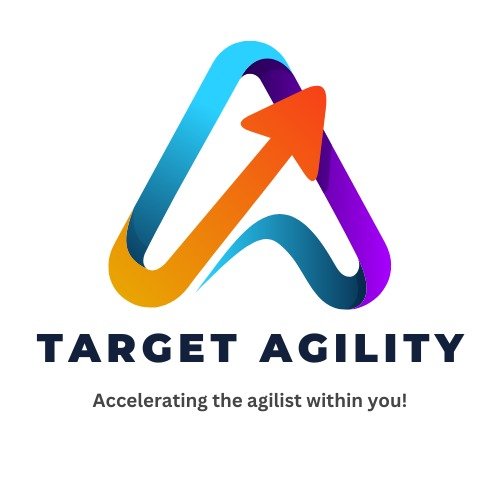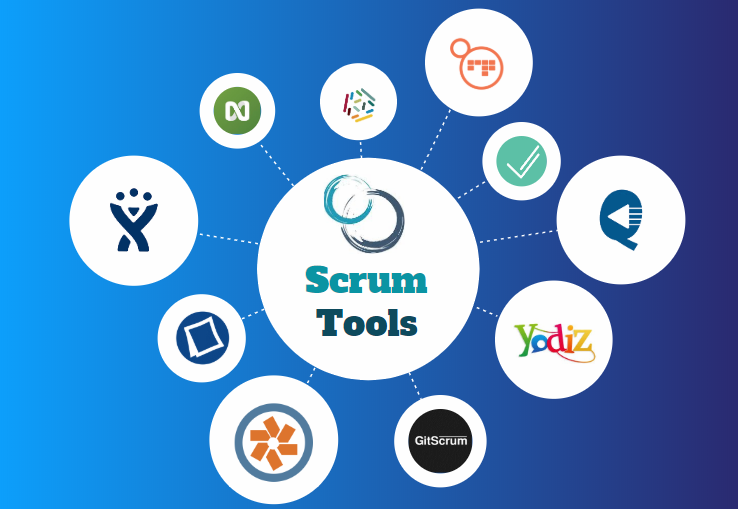For years, project managers have used traditional methods—also known as Waterfall—to plan and run projects. These methods focus on following a step-by-step plan, with everything mapped out in advance. But today, businesses change quickly. That’s why Agile project management, which is more flexible and customer-focused, is becoming so popular.
If you’re thinking about making the switch from traditional to Agile, here’s how to do it.
1. Understand the Differences
First, it helps to see how the two approaches differ:
- Traditional (Waterfall): Plan everything upfront and complete tasks one after another.
- Agile: Work in short, repeatable cycles (sprints), deliver small pieces often, and adjust based on feedback.
The main change isn’t just in how you work—it’s in how you think.
2. Adopt an Agile Mindset
Agile is more than a set of rules—it’s a new way of thinking:
- Be ready for change: Requirements may change, and that’s okay.
- Work together: Good communication within the team and with customers is key.
- Listen to customers: Get feedback often to make sure you’re on the right track.
3. Train Your Team
A successful switch to Agile depends on everyone understanding how it works:
- Run workshops: Teach basic ideas like sprints, stand-ups, and backlogs.
- Train for roles: Agile roles (like Scrum Master and Product Owner) have different jobs, so tailor training for each.
- Encourage certifications: These can build confidence and show commitment.
4. Start with a Small Project
You don’t have to switch everything to Agile at once. Begin with a pilot project:
- Pick something small: Try Agile on a low-risk project first.
- Use Agile tools: Hold daily stand-ups and sprint reviews to learn as you go.
- Review and adjust: After a few sprints, see what worked and what didn’t.
5. Use the Right Tools
Agile uses different tools than traditional methods:
- Switch to Agile-friendly software: Tools like Jira, Trello, or Asana help manage sprints and tasks.
- Keep documentation simple: In Agile, you don’t need tons of paperwork—just enough to guide the team.
- Visual boards: Kanban boards make it easier to see what’s being worked on and what’s next.
6. Keep Improving
Agile isn’t a one-time change—it’s about always looking for ways to do better:
- Have retrospectives: At the end of each sprint, ask what went well and what needs to change.
- Encourage trying new things: Even if an idea doesn’t work out, you learn from it.
- Celebrate small wins: Recognizing progress helps keep everyone motivated.
7. Involve Stakeholders Early
In traditional projects, you might only talk to stakeholders at big milestones. Agile involves them more often:
- Show progress: Share working features regularly so stakeholders can see and test them.
- Get feedback often: Make sure you’re building what customers really want.
- Be transparent: Keep stakeholders in the loop to build trust.
Conclusion
Switching from traditional project management to Agile isn’t something you do overnight. It’s a journey of learning, adapting, and working together in new ways. By starting small, keeping things simple, and staying open to change, you’ll see how Agile can help you deliver better results, faster. In today’s world, that flexibility and focus on the customer can make all the difference.













